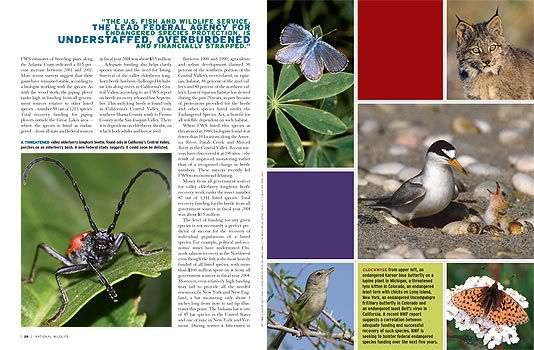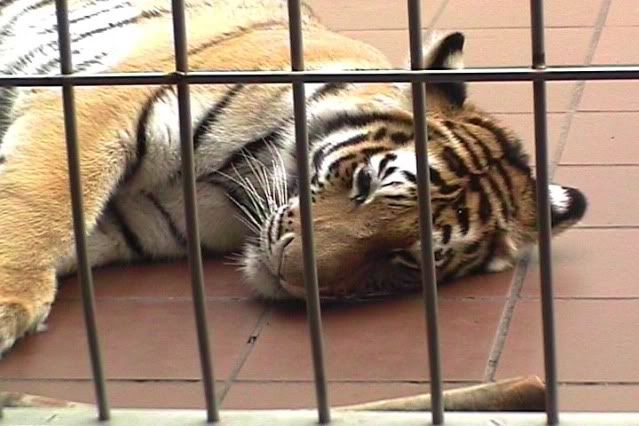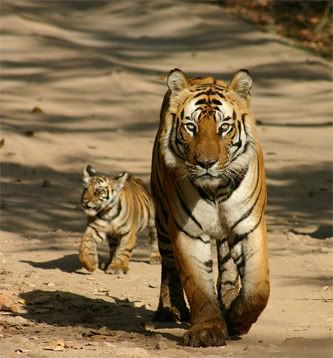It’s more than global warming and climate change.
From the Guardian:
The future of humanity has been put at risk by a failure to address environmental problems including climate change, species extinction and a growing human population, according to a new UN report.
In a sweeping audit of the world’s environmental wellbeing, the study by the UN Environment Programme (UNEP) warns that governments are still failing to recognise the seriousness of major environmental issues.
It doesn’t get much more blunt, although don’t expect to hear much about it from the corporate media.
The study, involving more than 1,400 scientists, found that human consumption had far outstripped available resources. Each person on Earth now requires a third more land to supply his or her needs than the planet can supply, it finds.
Meanwhile, biodiversity is seriously threatened by the impact of human activities: 30% of amphibians, 23% of mammals and 12% of birds are under threat of extinction, while one in 10 of the world’s large rivers runs dry every year before it reaches the sea.
This is a follow-up to a similar study, made in 1987. It’s a progress report.
As the UNEP press release explains:
GEO-4, the latest in UNEP’s series of flagship reports, assesses the current state of the global atmosphere, land, water and biodiversity, describes the changes since 1987, and identifies priorities for action. GEO-4 is the most comprehensive UN report on the environment, prepared by about 390 experts and reviewed by more than 1 000 others across the world.
It salutes the world’s progress in tackling some relatively straightforward problems, with the environment now much closer to mainstream politics everywhere. But despite these advances, there remain the harder-to-manage issues, the “persistent” problems. Here, GEO-4 says: “There are no major issues raised in Our Common Future for which the foreseeable trends are favourable.”






